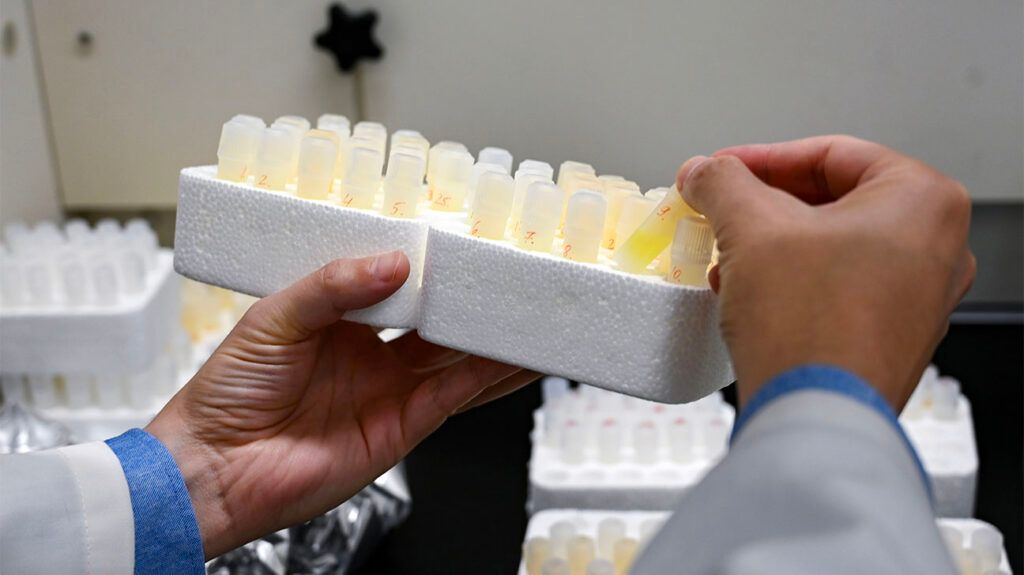EXPLORER Accelerates Cancer Detection with Faster PET Imaging

A groundbreaking advancement in PET imaging using the EXPLORER scanner reduces cancer detection time from an hour to just 20 minutes, improving accuracy and patient comfort.
Researchers at UC Davis Health have developed an innovative approach to enhance the speed and efficiency of PET imaging for cancer detection using the total-body EXPLORER scanner. This new method, termed the relative Patlak plot, reduces the traditional scan duration from nearly an hour to 20 minutes or less, making the process more comfortable for patients and more practical for routine clinical use.
Traditional parametric PET imaging provides superior contrast and quantification of lesions compared to static PET, but its lengthy scanning time has limited widespread application. The team focused on optimizing this process, enabling more rapid and accurate detection of tumors by analyzing how radioactive glucose tracers—specialized sugars tagged with radioactive isotopes—are distributed in the body. Since cancer cells have heightened metabolic activity, these tracers tend to concentrate in tumors, illuminating them for imaging.
The study involved 22 participants, including 12 healthy individuals and 10 cancer patients, all scanned using the advanced EXPLORER scanner co-developed by UC Davis and United Imaging Healthcare. The researchers introduced the relative Patlak plot model, a variant of the classic Patlak model, which effectively tracks tracer movement with less data and shorter scan times.
To address the challenge of image graininess that often accompanies faster scans, the team employed an artificial intelligence-based technique called deep kernel noise reduction, combining deep learning with kernel methods to significantly improve image clarity. This innovation resulted in high-quality images that demonstrated excellent lesion contrast and detailed visualization of the heart.
According to lead researcher Siqi Li, the new method is both feasible and reliable, opening new opportunities to harness the full potential of parametric PET imaging in clinical settings. The advancements not only expedite the imaging process but also enhance the detection capabilities, providing clinicians with more precise tools for cancer diagnosis and management. This breakthrough promises to make cancer imaging faster, more accurate, and more accessible.
Source: Medical Xpress
Stay Updated with Mia's Feed
Get the latest health & wellness insights delivered straight to your inbox.
Related Articles
Florida Moves Toward Ending Childhood Vaccination Mandates, Raising Public Health Concerns
Florida's plan to end childhood vaccination requirements for school attendance raises concerns among health experts about potential disease outbreaks and the rollback of decades of public health progress.
New Insights into Tamoxifen's Side Effects: Elevated Uterine Cancer Risk Explained
Recent research uncovers how tamoxifen activates the PI3K pathway, increasing the risk of secondary uterine tumors, despite its benefits in breast cancer treatment. Discover the molecular insights behind this paradoxical effect.
Innovative Immunotherapy Combination Effectively Targets Colorectal Liver Metastases
A novel combination of immunotherapies shows promise in eradicating colorectal liver metastases in preclinical models, offering hope for improved treatment options in advanced colorectal cancer.
New Research Reveals Link Between Brain Lithium Levels and Alzheimer’s Disease
Recent studies reveal that low brain lithium levels are linked to Alzheimer’s disease, suggesting potential new avenues for early detection and treatment using lithium-based therapies.



